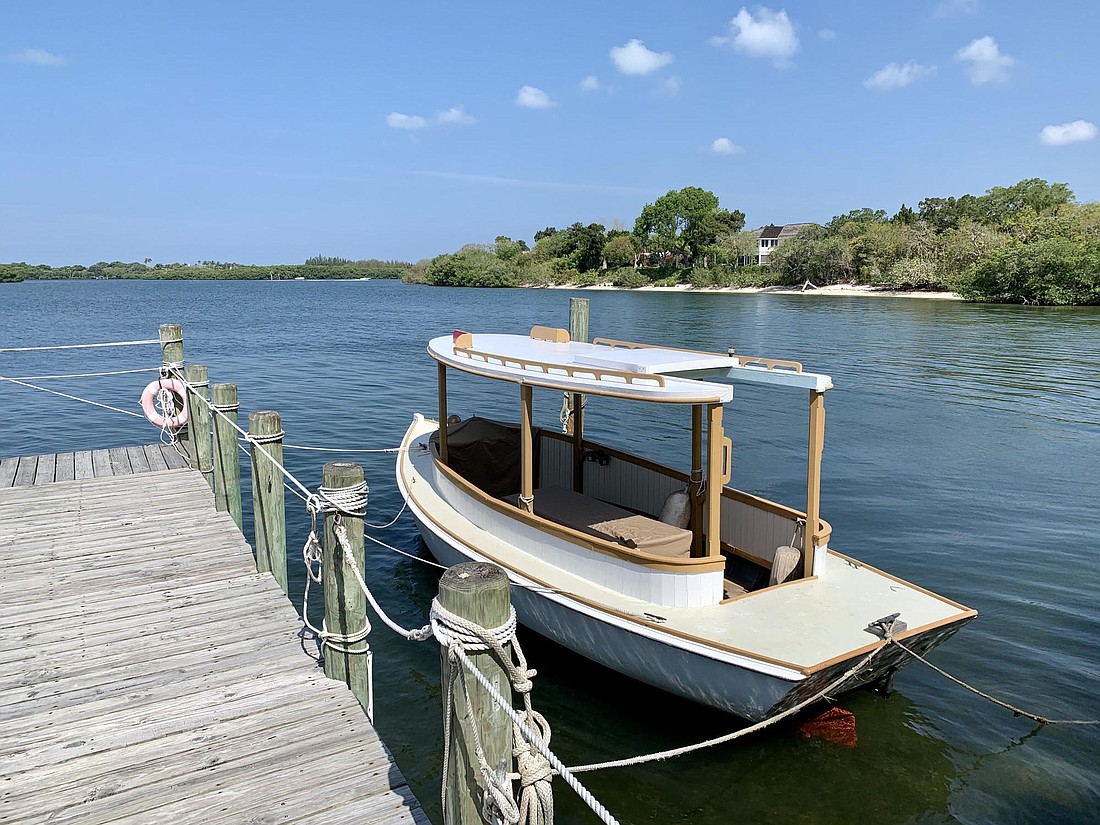- May 3, 2025
-
-
Loading

Loading

Marie Selby Botanical Gardens has scheduled a trial run of boat tours between its downtown Sarasota campus and its Historic Spanish Point location near Osprey, set to begin on Saturday, but tickets have sold quickly, with the first eight weekend voyages sold out.
A limited number of tickets can still be purchased for tours on March 12, 19 and 26. General admission tickets are $125 each and $115 for members of Selby Gardens. Capacity is limited to 36 people a trip.
“It’s 10 miles of beauty — a kind of aquatic garden, if you will,” said John McCarthy, Selby Gardens’ vice president for the Historic Spanish Point campus. “Then you’ll arrive at our Historic Spanish Point campus the way people did 100 years ago — by boat.”
“Selby Gardens by Boat” is a narrated round-trip tour of Old Florida sights along with access to both Selby sights and lunch at Historic Spanish Point. Consisting of roughly three hours of leisurely cruising with educational narration from Sarasota Bay to Little Sarasota Bay and back, the tours are only scheduled on Saturdays.
Despite the scarcity of tickets, tour scheduling could expand after the initial trial run and could be open for private reservations in the near future, according to a release by Selby Gardens.
“Selby Gardens’ two sanctuaries are so significant and beloved in large part thanks to their bayfront locations,” said Jennifer Rominiecki, the president and CEO of Marie Selby Botanical Gardens. “The water is central to the history and appeal of our two campuses, so it only makes sense to connect them by boat. This tour is going to offer an immersion into native nature, our regional history, and the ecology of the area.”